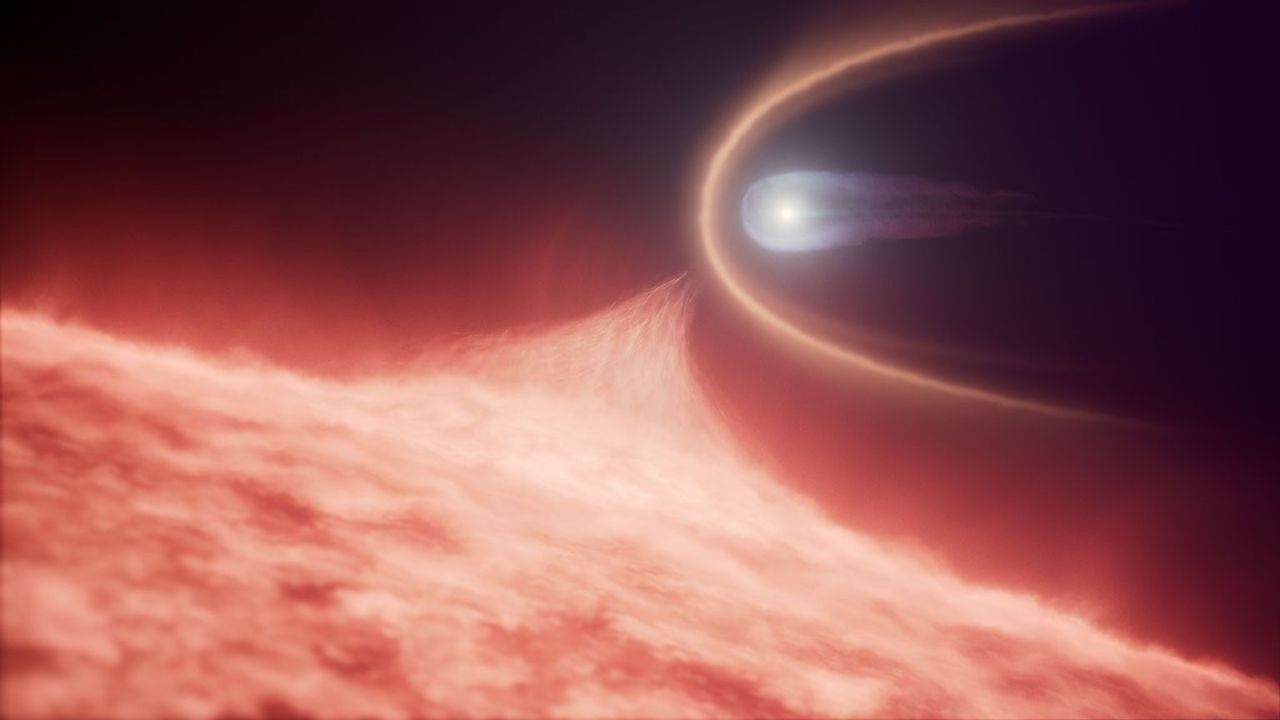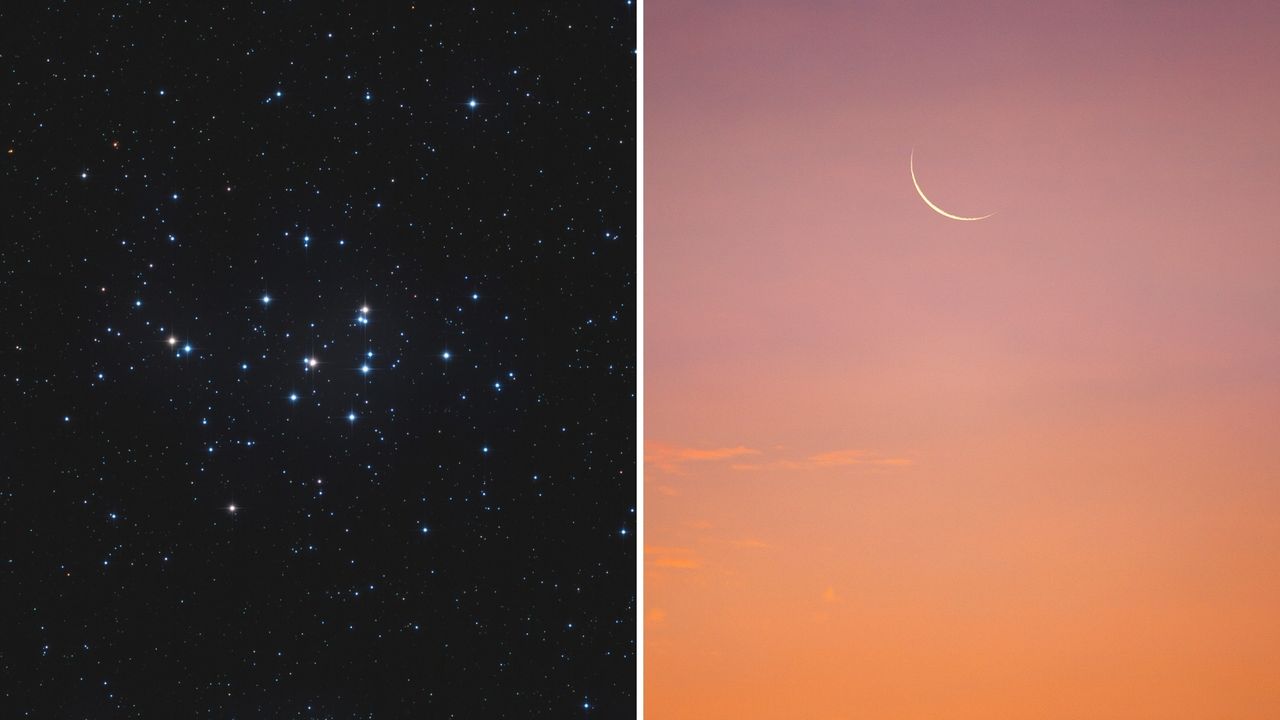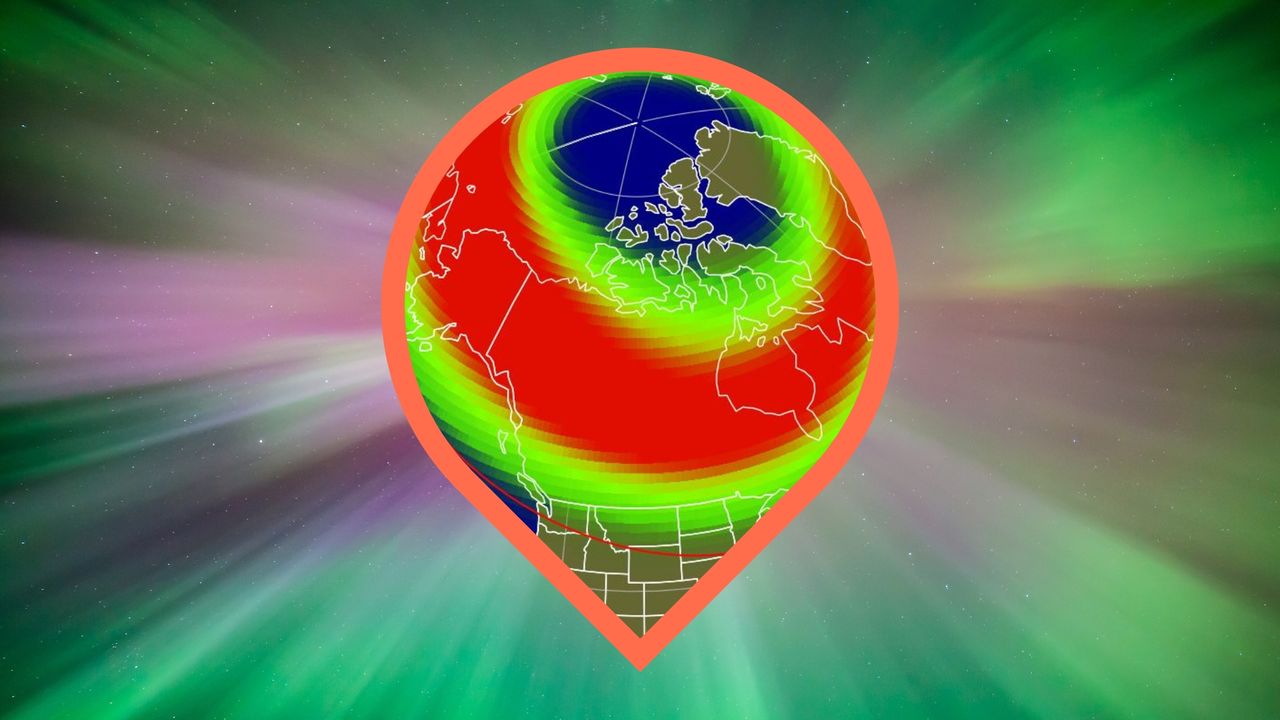Now Reading: Hubble Discovers Rare Star Born from Cosmic Collision
-
01
Hubble Discovers Rare Star Born from Cosmic Collision
Hubble Discovers Rare Star Born from Cosmic Collision

Fast Summary
- Astronomers using the Hubble Space Telescope discovered that the white dwarf star WD 0525+526, located 128 light-years from Earth, is a remnant of a stellar merger rather than typical star evolution.
- White dwarfs are usually formed as dense remnants of single stars nearing the end of their life cycle, like Earth’s sun in about 5 billion years. However, this particular star emerged from a collision between two stars.
- Hubble’s ultraviolet instruments detected unusual carbon levels in its atmosphere, indicating it was formed through violent stellar merger events.
- The intense collision stripped hydrogen and helium layers typically found on white dwarfs’ surfaces and exposed the carbon core-a characteristic detectable primarily via ultraviolet wavelengths.
- WD 0525+526 has unique features among merger remnants: it is hotter (21,000 Kelvin or ~37,000 degrees Fahrenheit) and more massive (1.2 times the sun’s mass).
- Astronomers believe similar mergers might potentially be more common than previously thought and plan to investigate how many white dwarfs hide such explosive origins.
Indian Opinion Analysis
The finding of WD 0525+526 highlights critical advancements in space science achieved through cutting-edge telescopes like Hubble. Understanding processes such as stellar mergers can deepen astronomers’ insights into cosmic phenomena like supernova precursors or binary systems. For India-a country invested heavily in space exploration via ISRO-the potential collaboration with global astronomy initiatives offers opportunities for advancing research capabilities beyond Earth observation satellites.Collaborative studies with missions analyzing complex astrological evidence are pertinent for India’s scientific leadership ambitions.
Such findings also reinforce humanity’s ongoing quest to uncover unseen aspects of celestial bodies-an aspiration that aligns with India’s educational focus on STEM fields fostering future generations equipped to participate in expanding frontiers of astrophysics research.

























